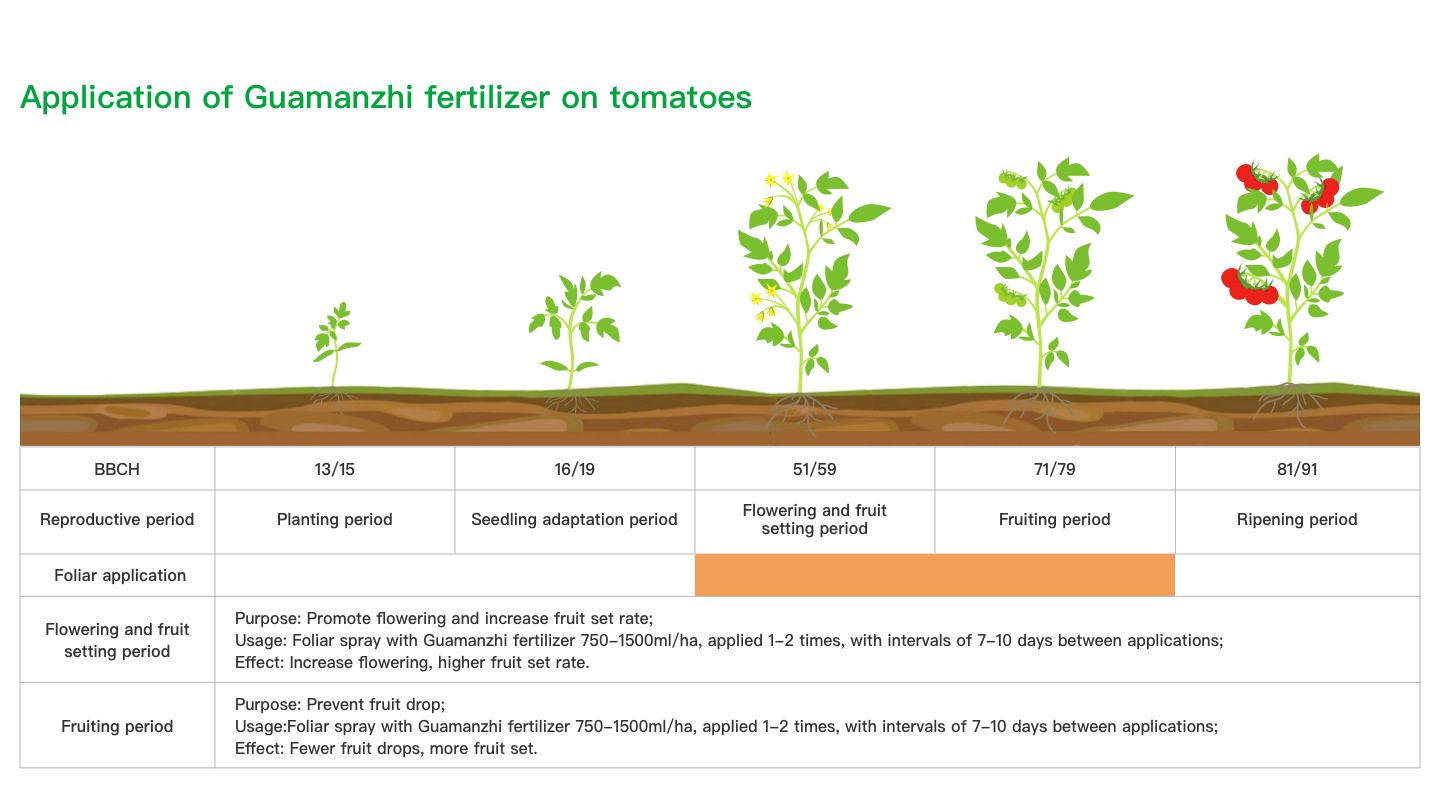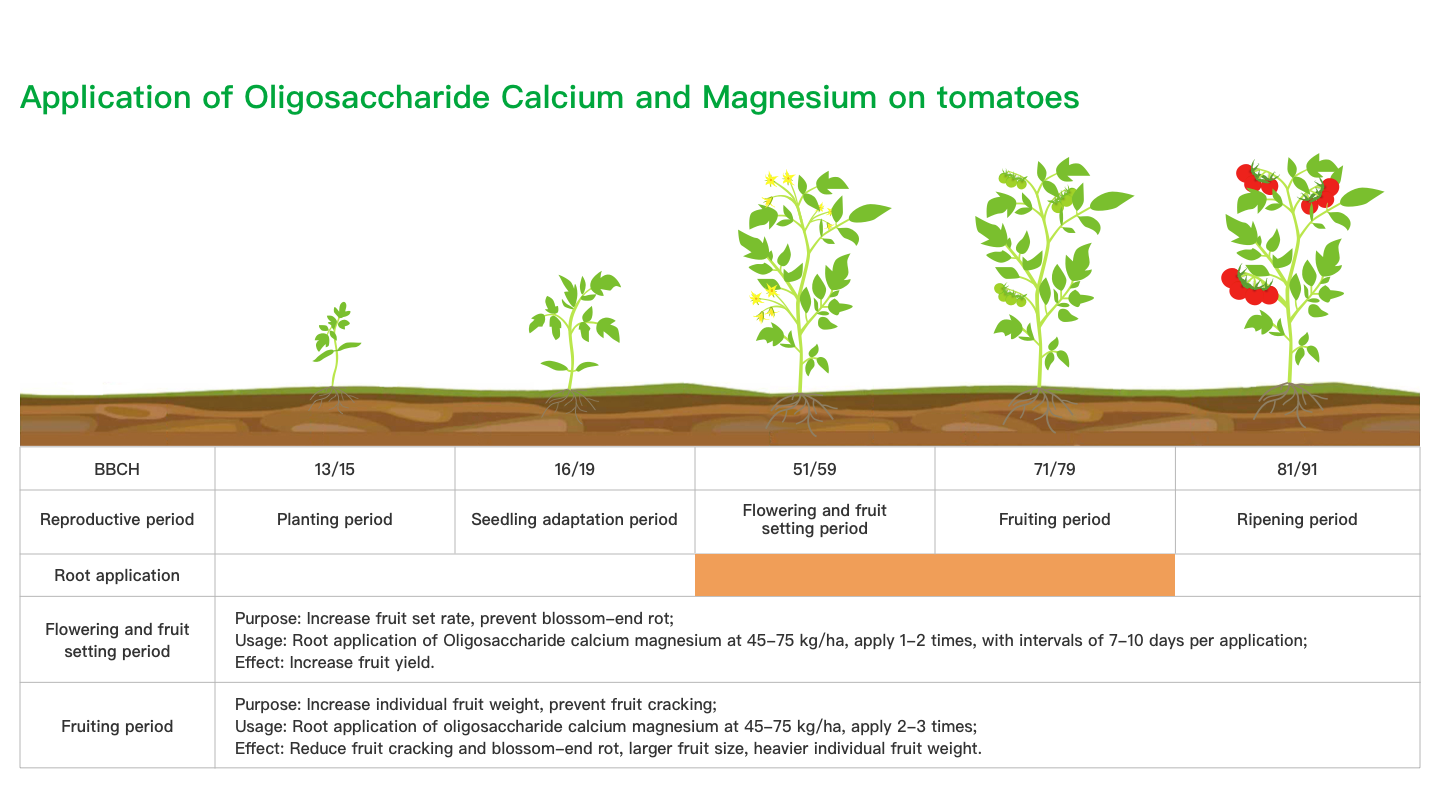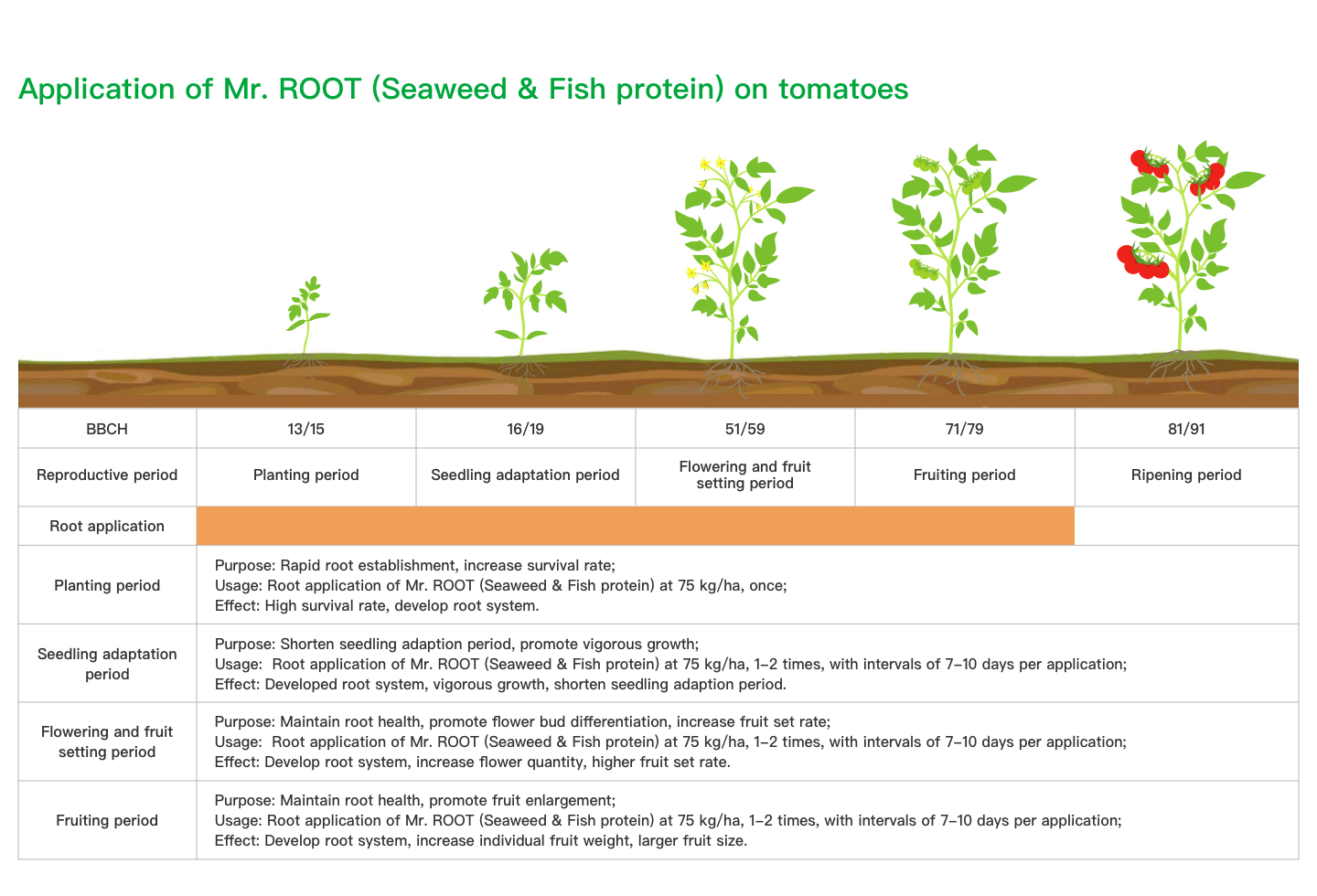The tomato (Lycopersicon esculentum Mill.) plant is a tender perennial grown as an annual vegetable for its fruits. The tomato is the edible, often red berry of the plant. Though it is botanically a berry, a subset of fruit, the tomato is a vegetable for culinary purposes because of its savory flavor.
The species originated in western South America and Central America. The Andean region is the center of origin of the genus Lycopersicon, and it is generally believed that the first domestication of the tomato occurred in Mexico. Most probably, the wild cherry tomato (Lycopersicon esculentum var. cerasiforme) was transported to Mexico from Peru. Subsequently, during the 16th century, it was spread widely to Asian, Pacific and European countries, as well as to the New World.
The genus Lycopersicon is composed of approximately 10 species. Tomato plants are vines, initially decumbent, typically growing 180 cm (6 ft) or more above the ground if supported, al though erect bush varieties have been bred (determinate varieties: bushy plants with fruit produced at terminal buds), generally 100 cm (3 ft 3 in) tall or shorter. Indeterminate typ es (more vine-like with indefinite stem growth) are tender perennials, dying annually in temperate climates (since they are originally native to tropical highlands), although they can live up to three years in a greenhouse in some cases. Determinate types are annual in all climates.
The world dedicates around 5.4 million hectares for tomato cultivation and the total production is about 182 million tons, with China accounting for 34% of the total, followed by India, the United States, and Turkey as major producers. The average world farm yield for tomato is close to 34 tons per hectare. Tomato farms in the Netherlands are the most productive with a nationwide average of 480 tons per hectare.
Ceres: supporting tomato cultivation management through every growing stage, strengthening the plants and increasing productivity with plant nutrition and bio-activating technologies.



